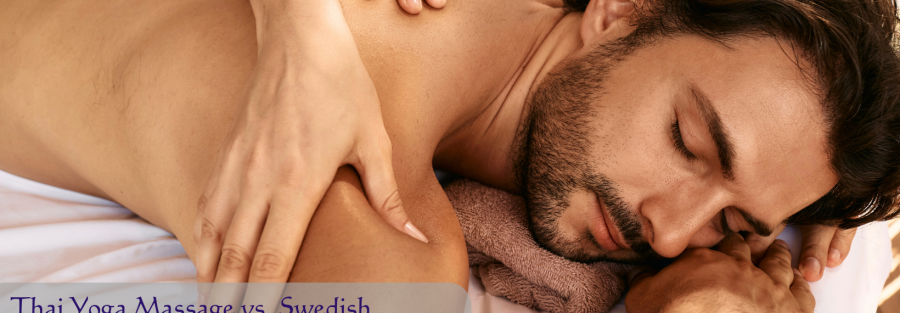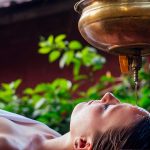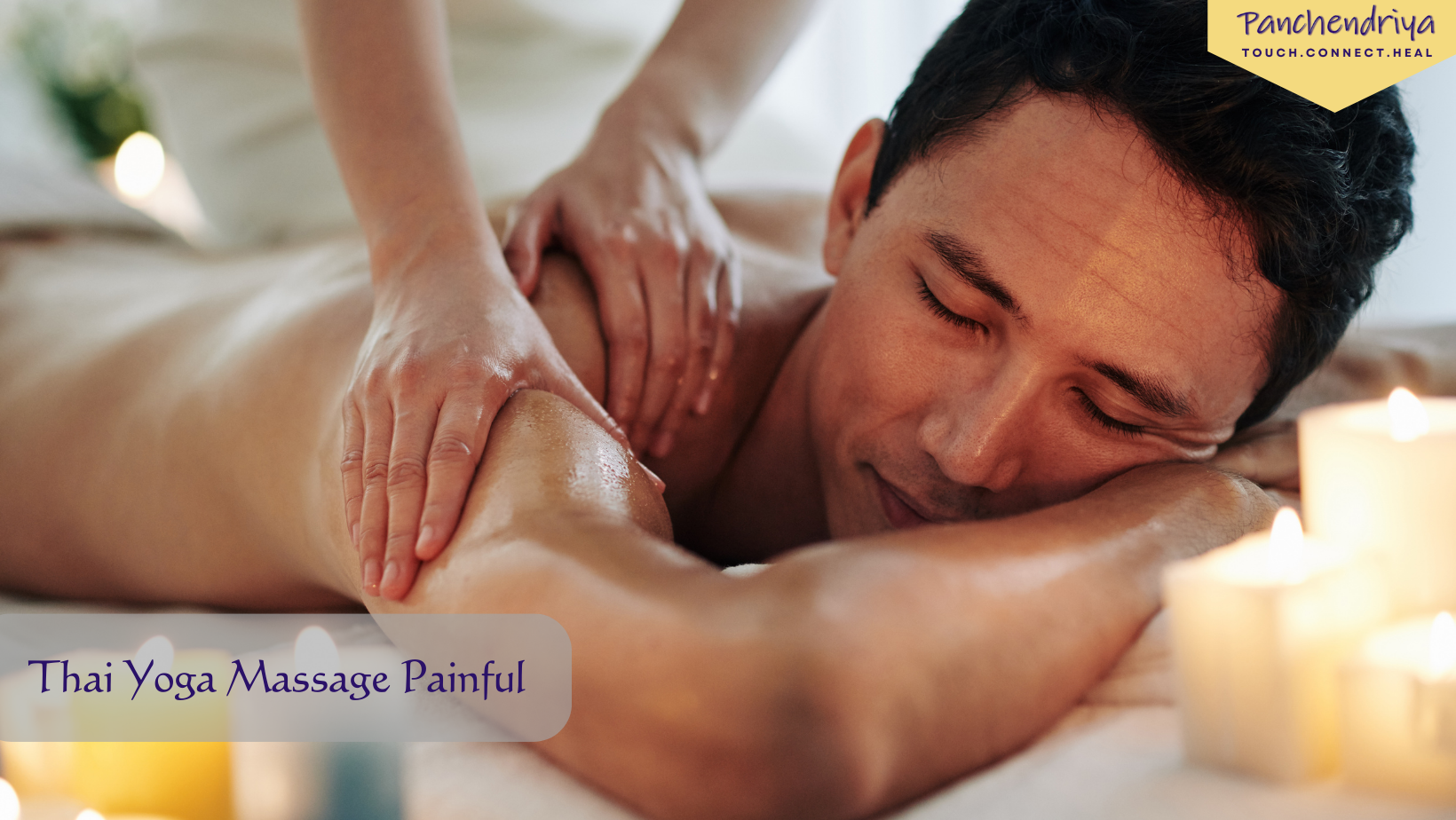Thai Yoga Massage vs. Swedish Massage: Understanding the Differences
Ah, the power of massage! Few things can melt away stress and tension quite like a skilled therapist working their magic on your tired muscles. But with so many massage styles available, choosing the right one can feel overwhelming. Two popular options are Thai yoga massage and Swedish massage. Both offer incredible benefits but cater to different needs and preferences.
This comprehensive guide will unveil the secrets of Thai yoga massage and Swedish massage, exploring their techniques, benefits, and ideal situations. By understanding the key differences, you’ll be well-equipped to choose the massage that best suits your goals and desires.
Swedish Massage: A Gentle Path to Relaxation
Swedish massage, a cornerstone of massage therapy, is renowned for its calming and therapeutic effects. It’s a perfect choice for those seeking to unwind, de-stress, and ease muscle tension.
Techniques:
- Long, flowing strokes: Swedish massage utilizes smooth, gliding movements across the grain of the muscles, promoting relaxation and improved circulation.
- Kneading: Deeper pressure is applied with a kneading motion to release muscle tension and knots.
- Friction: This technique uses rapid, short strokes to stimulate circulation and aid in the removal of lactic acid buildup.
- Tapping: Gentle tapping motions can invigorate the body and further enhance relaxation.
Benefits:
- Reduced stress and anxiety: The calming nature of Swedish massage promotes the release of endorphins, the body’s natural feel-good chemicals, which combat stress hormones.
- Improved circulation: Increased blood flow delivers oxygen and nutrients to your muscles, accelerating recovery and promoting overall well-being.
- Reduced muscle tension and pain: Swedish massage techniques effectively target tight muscles, easing discomfort and promoting relaxation.
- Improved sleep: The calming and stress-relieving benefits of Swedish massage can contribute to deeper, more restful sleep.
- Increased range of motion: Gentle stretching techniques incorporated into some Swedish massage sessions can improve flexibility and range of motion.
Who can benefit:
- Individuals seeking relaxation and stress relief.
- People with mild muscle tension and aches.
- Those looking to improve sleep quality.
- Athletes seeking to improve recovery after workouts.
- Anyone new to massage therapy (due to its gentle nature).
Thai Yoga Massage: An Active Journey to Flexibility
Thai yoga massage, also known as Nuad Bo Rarn, is an ancient practice rooted in Ayurvedic and yoga traditions. It’s a more dynamic and invigorating massage experience compared to Swedish massage.
Techniques:
- Acupressure: Similar to Swedish massage, Thai yoga massage applies pressure to specific points on the body to stimulate energy flow and alleviate tension.
- Passive stretching: The therapist will gently guide you through a series of yoga-like postures to improve flexibility and range of motion.
- Rocking and rolling: The therapist may use their body weight to gently rock and roll your body, further enhancing flexibility and releasing tension.
- Walking on the back: This signature technique involves the therapist using their feet (with clean socks!) to apply deep pressure along their back’s energy lines, promoting relaxation and energy flow.
Benefits:
- Improved flexibility and range of motion: The focus on stretching in Thai yoga massage significantly improves flexibility and eases stiffness.
- Enhanced energy flow: By targeting acupressure points, Thai yoga massage aims to improve the flow of energy throughout the body, promoting overall well-being.
- Increased circulation: Similar to Swedish massage, Thai yoga massage techniques can improve blood flow, promoting healing and relaxation.
- Reduced muscle tension and pain: The combination of acupressure, stretching, and rocking techniques effectively targets muscle tension and promotes pain relief.
- Improved balance and posture: The focus on stretching and body manipulation can improve posture and balance.
Who can benefit:
- Individuals seeking increased flexibility and improved range of motion.
- People with chronic muscle tension and pain.
- Those seeking a more active and invigorating massage experience.
- Athletes seeking to improve performance and recovery.



